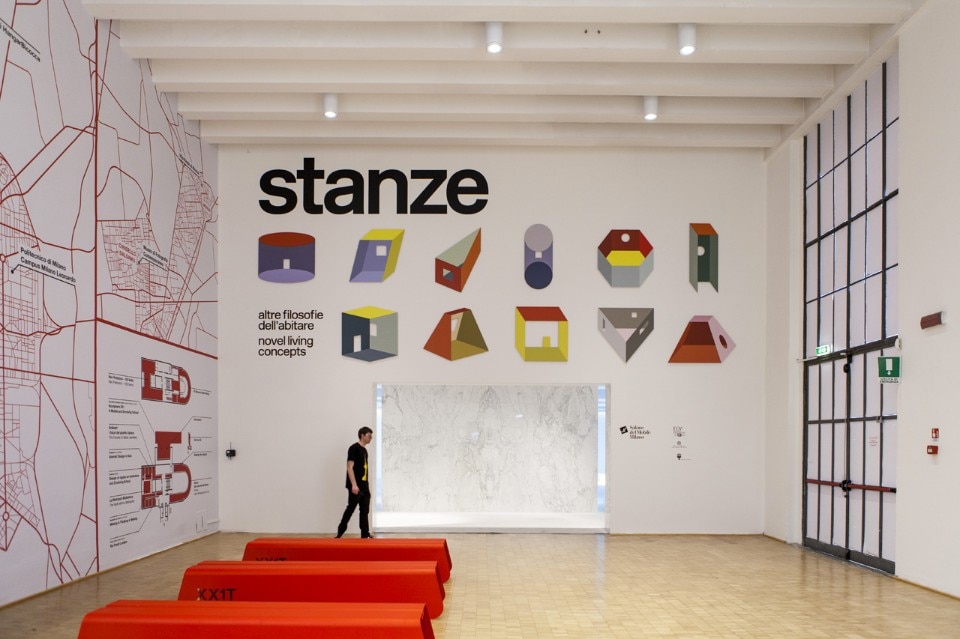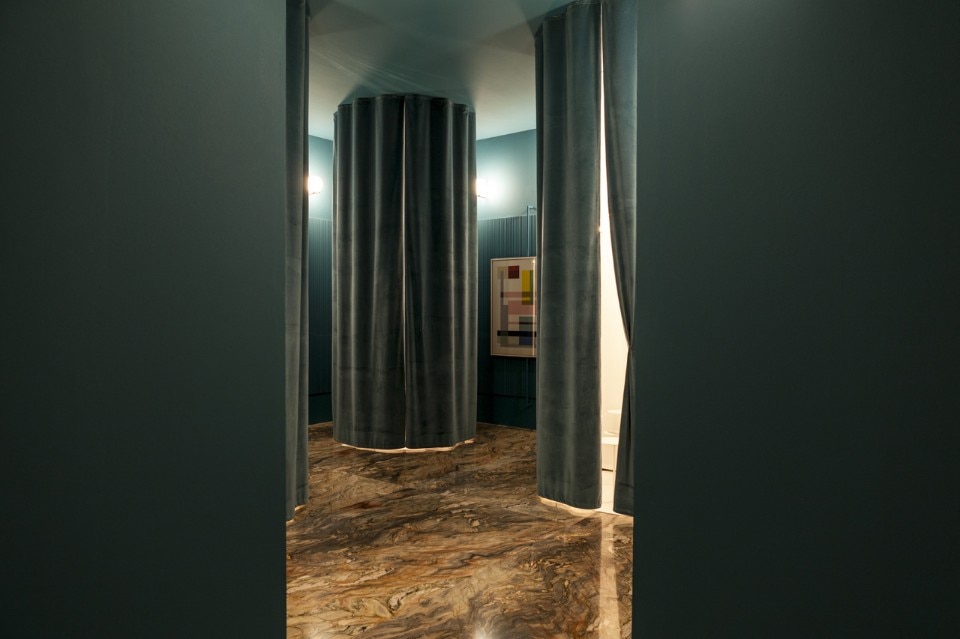
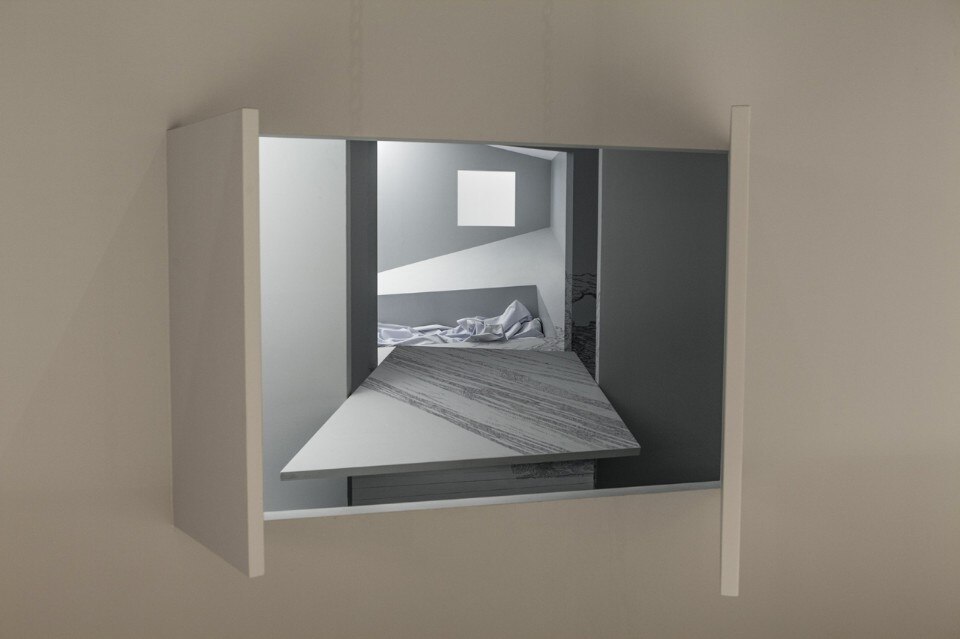
Simply think of Gio Ponti’s interiors and, in particular, Casa Laporte in Milan, a true machine à habiter that he himself described as a philosophical system in which the novelty lay not in a new form for expressing something but in a new way of conceiving it. So, living, as fittingly and intelligently grasped by the curator, needs to be defined as a thought, as a concept of worlds.
In order to instil a more profound theoretical and narrative structure in the curatorial design, Finessi asked Francesco Cataluccio to pick a seminal text for every room that would offer assonances with and stimulate thoughts on the different designs. The texts were drawn from the period between 1985, the year of the last Triennale, to the present day and have played an important role in triggering reflection and debate, in a trajectory of thinking that starts from the raising of awareness on the crisis of Rationalism and ends with the criticism of Modernity and the impact of the digital revolution.
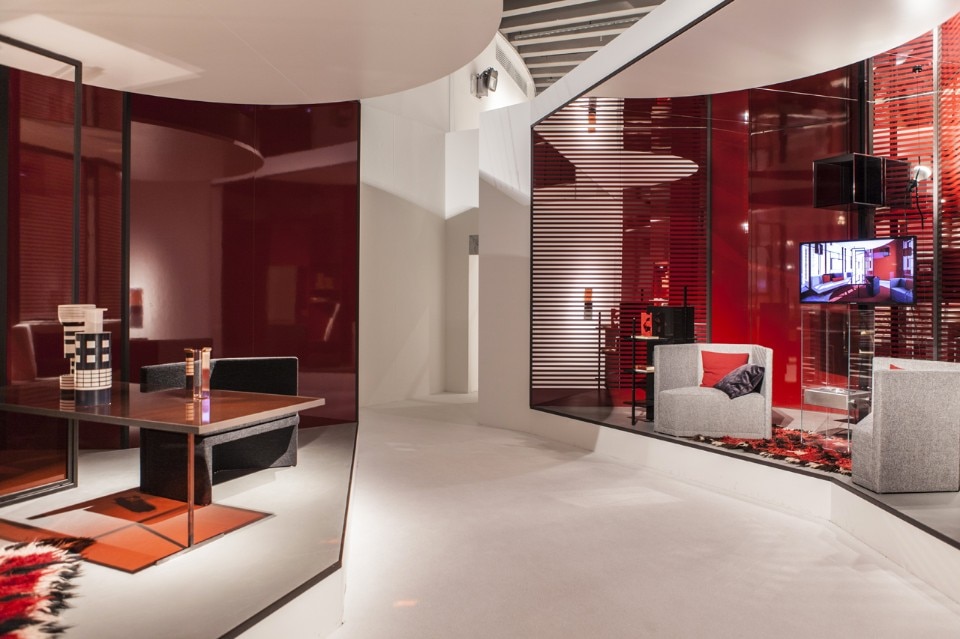
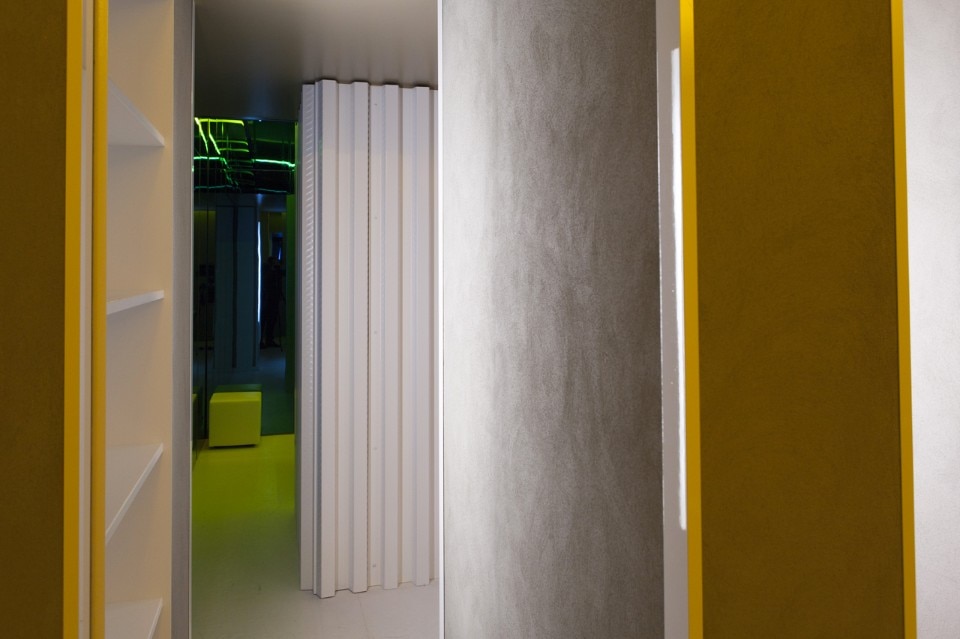
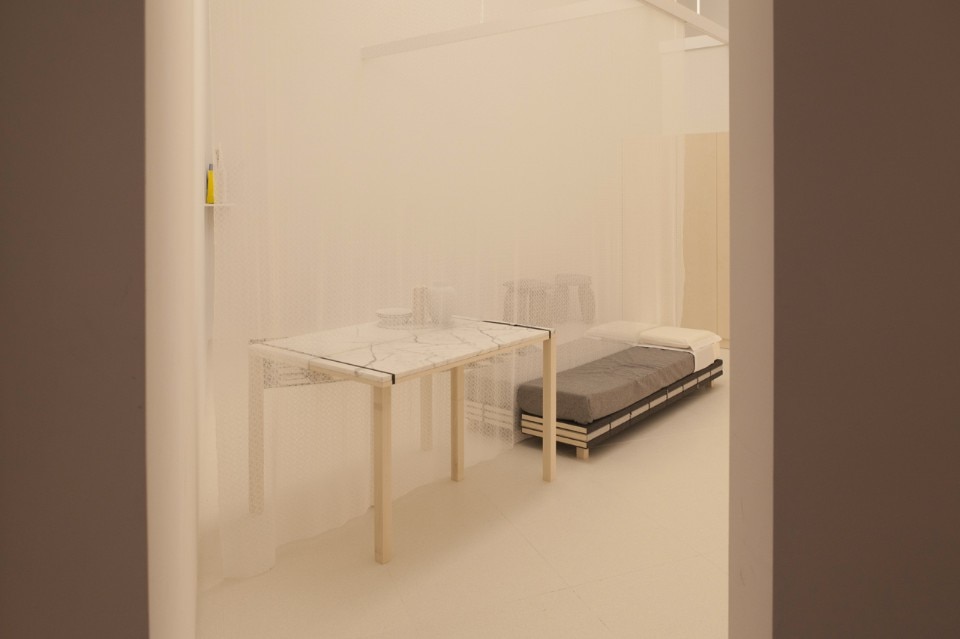
In his Resonances, Andrea Anastasio, a philosopher given over to design, reflected on our living space as a place where human relations are consolidated, structured or denied. A theatre piece in which all the elements express themselves via simultaneous affirmation and denial, shaping architecture with firm but not ostentatious signs and offering the chance to affirm or deny a dimension in which we listen to ourselves, others and the world.
The result is a piece of spatial writing featuring a Bob Wilson-like theatricality in which the poles developed are essential and defined in all their purity: internal-external, microcosm-macrocosm, isolation-relation and dialogue-indifference. The furnishings satisfy the basic needs of daily life: table-bed-storage and are cut in two by a semi-transparent curtain. It is this powerful yet lightweight element that conveys all Anastasio’s sensitivity and invites reflection on a new humanism of design but with no clamour or background noise.
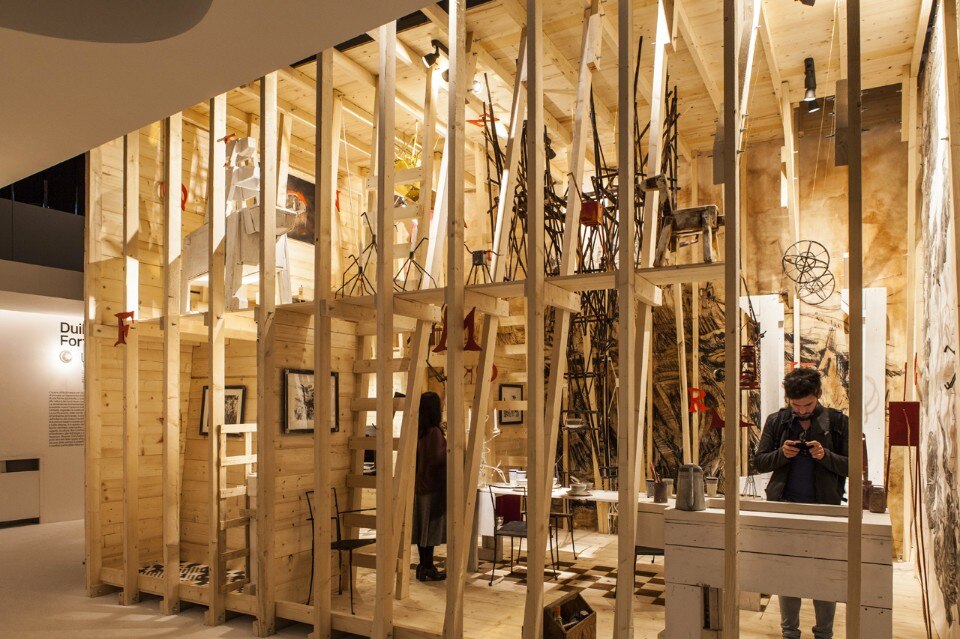
Fabio Novembre, with his neo-baroque sign, designed the INTRO cavity that goes back to the origin of life, where being cast out into the world regains its proportion in the suggested uterus of a great mother.
Alessandro Mendini’s proposal seems, instead, to deny the possibility that living can find its own complete and comfortable form. For My Prisons, Mendini chose an optical b/w laminate as a material capable of expressing his discomfort. “Laminate seduced me so completely that it must have been the source of the decorative obsession with infinite signs (…) If I try to locate the true, distant beginning of my design life sentence, of my prisons, I find it in the superficiality of the surfaces, not in the depth of space and form.”
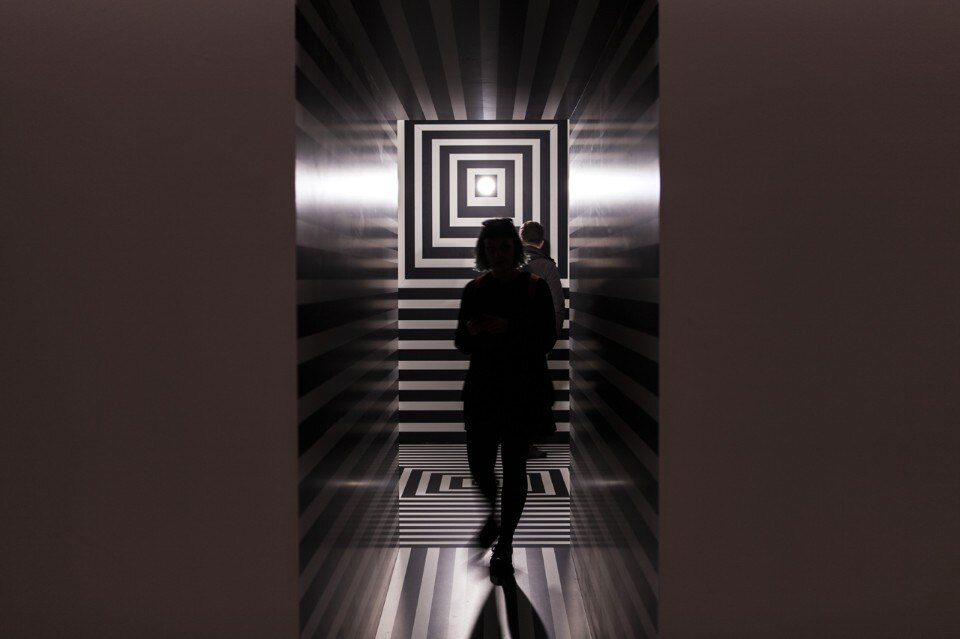
Francesco Librizzi continued his research into light structures proposing D1, a developing space dominated by elliptical metal forms. Claudio Lazzarini and Carl Pickering’s La vie en rose develops a spatial dimension featuring sheets to which is applied a special photovoltaic paint, indicating a possible trajectory for self-sufficient living energy-wise.
Carlo Ratti and his office designed Lift-Bit, a landscape of furnishings in movement that use technology to adapt to constant changes in function.
Elisabetta Terragni imagined her Putting things into perspective as an outpost of the reflection of leaving users free to choose the coordinates for the way they think and inhabit the world.
With The Absence of Presence Marta Laudani and Marco Romanelli designed a stage-like space for a theatre of everyday living, made of islands gathered and well defined by curtains, in which to perform a variety of actions, from the intimate to the familiar.
Manolo De Giorgi invites movement with Round and Round where space is defined as an integrated flow of functions and emotions via intersecting energy lines.
This extensive array of interiors conveys a dimension of contemporary living that sits well with the theme of the XXI Triennale “21st Century. Design after design”.


